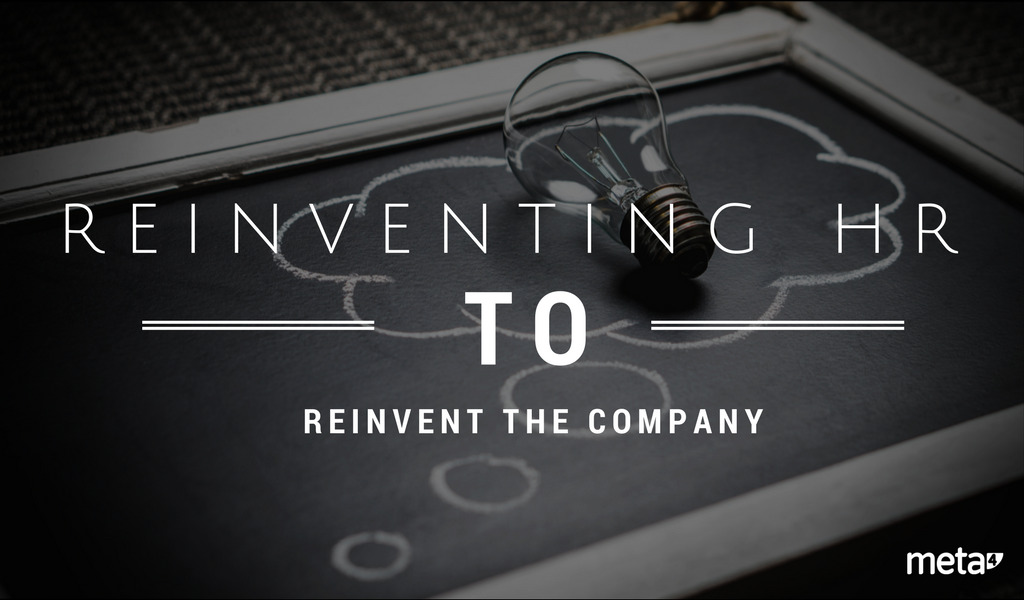Many companies brag about being innovative and reiterate this in corporate reports and in the different messages sent out to society. Settling in offices with large windows, scandinavian design furniture, walls decorated with photographs of Steve Jobs, Einstein and Leonardo Da Vinci, or a common space for playing table football—this is not what I would call being an innovative company.
Nor is it even to install an idea management programme or to launch some new product into the market every now and then. All such things may exist in an innovative company, but they are only external manifestations of something much deeper.
Innovative companies are the ones that have made innovation one of their key features and this is manifested not only in the number of new successful solutions they launch to the market, but also in their culture, i.e. as in how the people within the organization think and act and what their work environment is like, beyond what’s visible to the naked eye.
Unlike companies that innovate every now and then, innovative companies systematize innovation and turn it into something that becomes part of their DNA, part of their culture. Innovation becomes one of its key differentiators, within the mechanism of value creation which enables them to be more competitive.
As innovation is the answer to the needs for reinvention and growth in many companies, it’s time to start a revolution in the way that companies manage it. Lacking a large pool of resources should not be an excuse for our companies to not adopt best practices, methodologies and tools in order to boost the results stemming from innovation.
Innovation depends on people. Hence, it is the HR function that plays a key role, even though this revolution must be initiated from many fronts. People and their management are key aspects for creating a true culture of innovation, and consequently, an innovative company.
The ability to innovate is the result of a series of internal efforts based on novel ways of managing resources and organizing activities. Innovation within organizations thus transforms into innovation in the market. Innovation cannot project outwards, at least not repeatedly, without first investing in innovation within the company itself.
Some studies tell us about the impact HR practices have on the development of a company’s capacity for innovation. Other lines of research confirm that there is no correlation between the results stemming from innovation and the financial investment for innovation. These latest studies also underscore that to achieve results it is vital that there is a culture fostering and supporting innovation.
To breed such a culture, it is essential for those in charge of the HR function to examine how their initiatives and activities can contribute to preparing and empowering the people within the organization to take on the challenge of constant renewal.
This implies innovation within the HR function itself as well. Not as an end itself, but as an intermediate mechanism to achieve innovations that create new value and improve the company’s competitive edge.
However, this is not about applying the latest theories and methodologies heard in a conference or read in an article on innovation. It’s much more desirable and more complicated—but also more rewarding—to first understand the problem the company faces from a cross-disciplinary point of view.
Once you understand the business and its problems, then it’s time to research what others are doing and which of the latest trends can assist with solving the company’s particular challenges.
Only when the HR function has a comprehensive view of the situation will it be in a position to adopt and integrate the latest management trends, to ultimately harness these theories in the right context. This also avoids the mistake of launching a relentless flow of isolated initiatives which do not reinforce one another and which seldom spur the desired effect.
There is no universal recipe for creating innovative cultures. Each organization must take into consideration its singularities, values, work climate, brand and goals. But organizations should not forget that in all cases, people are essential for innovation and that the one who knows most about managing people is the HR function.
Thus, in my opinion, and as I said before, it is imperative that any initiative for building an innovative company must seriously take this HR function into account.
Reinventing the HR function itself involves giving it a much more strategic role and entrusting it with the purpose of building and maintaining an innovative culture. This will make the difference grow between companies that turn innovation into a profitable investment and companies for which innovation will continue to be an expense and a source of frustration.
Related articles to read:
– HR as a driver of organizational innovation






